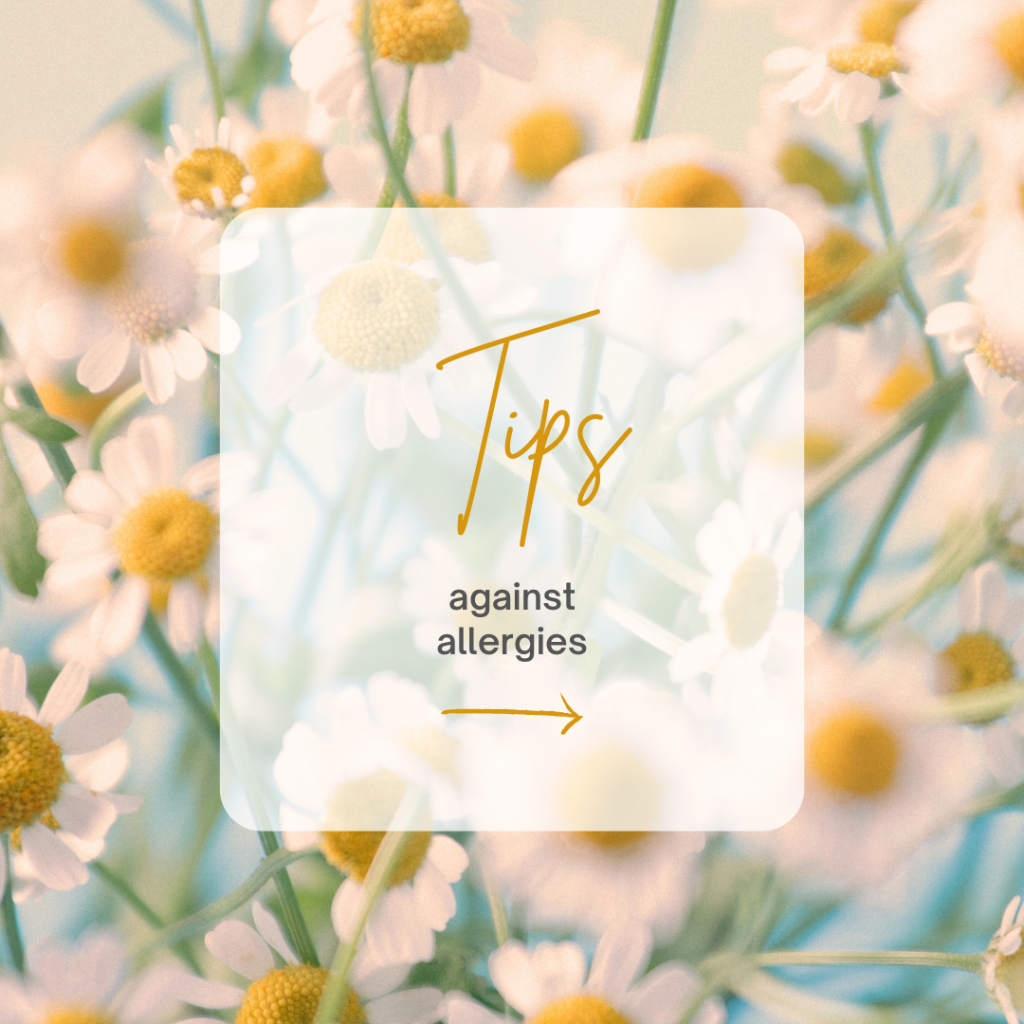Seasonal allergies, which impact both children and adults, also become more prevalent as spring arrives and the natural world comes alive. Families can better manage allergy season and lessen its impact on their everyday lives by being aware of the main allergy causes and symptoms.
Pollen, which is discharged into the air by trees, grasses, and weeds when they blossom, is one of the main springtime allergy triggers. Numerous symptoms, including as sneezing, nasal congestion, itchy eyes, and coughing, can be brought on by exposure to pollen. Another common allergen that can cause allergic reactions when inhaled or handled are mold spores, which grow best in moist, humid environments.
Allergies in children can present differently than in adults, which makes diagnosis more difficult. Young children may exhibit symptoms that are frequently misdiagnosed as colds or other respiratory conditions, such as persistent coughing, frequent ear infections, and chronic nasal congestion. Allergen exposure can also result in skin allergies, such as eczema or hives.
Seasonal allergies in adults can greatly reduce quality of life; in addition to physical symptoms such congestion and sneezing, they can also cause weariness, irritation, and difficulty concentrating. Known by most as “hay fever,” allergic rhinitis is a common ailment that is characterized by inflammation of the nasal passages. It can be more troublesome during allergy season.
It’s critical to recognize allergens and reduce exposure to them in order to successfully manage spring allergies. This could entail monitoring pollen counts, closing windows during days with high pollen counts, and utilizing HEPA filters or air purifiers indoors to eliminate allergens from the air. In addition, nasal sprays and over-the-counter antihistamines help alleviate symptoms; nevertheless, those with severe or chronic allergies may benefit from allergen immunotherapy.
Families can manage allergy season more skillfully and take pleasure in the joys of spring without having to worry about allergic reactions by being aware of the triggers and symptoms allergies can cause in both children and adults, as well as by being proactive in minimizing exposure.

